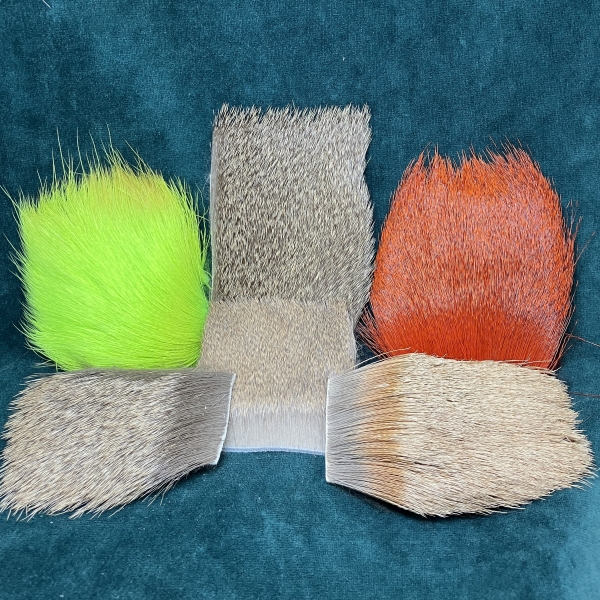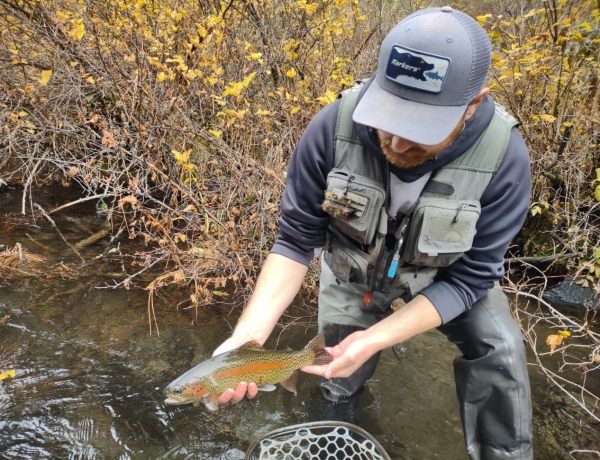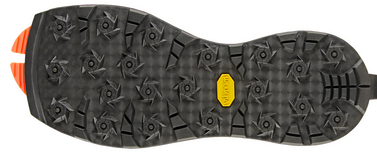Callibaetis mayflies are one of only a few types of mayfly that can live in stillwater, and are the most prevalent on our waters here in central Oregon. They hatch during the summer, when the days are long and the weather is warm. East Lake is probably the most well known for this hatch, but they occur in fishable levels on most big lakes in central Oregon. The main thing that will help you fish this hatch better is understanding the life cycle of a callibaetis. The fish tend to key in on one specific stage when they are feeding, and that stage can change over the course of the day multiple times. The life cycle is typical of other mayflies, following the nymph-emerger-dun-spinner pattern as it relates to fly fishing.
Nymph
Callibaetis nymphs live wherever there is plant growth or plant matter on the bottom, since that is their food source. The way that callibaetis nymphs forage exposes them to trout regularly, so a nymph is a good searching pattern early season even when you haven't seen adults on the water. They usually have 3 different broods over the course of a year, but the first one will be from eggs laid the previous fall so there are always nymphs available to the trout. When they are about to emerge, like other mayflies, the back of the thorax darkens as their wings develop. This is why some nymph patterns have darkened backs tied in to them. In the book Western Hatches by Dave Hughes, the ratio of nymphs to adults taken during a hatch is said to be 10-1. It's never a bad idea to trail a nymph behind another fly, even if it appears that the fish are taking duns on the surface.
Emerger/Dun
The emerger is important even though it isn't a very long portion of the callibaetis life cycle. This simply refers to when the nymph is shedding it's outer layer, or shuck. They are much easier prey for the trout when they are in the process of emerging from nymph to dun, so a lot of times when fish are on the surface an emerger fished in the film can produce more than a normal dry will. The dun stage is when the mayfly has finished emerging from its shuck. After breaking free of the shuck, the dun has to sit on the water for a bit before its wings dry off enough and it can fly away. In warmer, drier weather, this drying period is much shorter than in humid, or even rainy, cooler weather.
Spinner
The spinner stage of a mayfly is when the spent adults fall back to the water with their wings splayed apart. Most often these are females that have finished laying their eggs, but sometimes if the mating flight of the callibaetis takes place over the water there can be male spinners as well. Evening is the most common time to see this stage, but you can see them at any time of day. Rises to spinners are very subtle. It's also very hard to see spinners on the water since they are completely flush to the surface. Understanding rise forms is very helpful to know what stage of the bug a fish is feeding on, especially with callibaetis hatches.
Each mayfly goes through this same life cycle, so even if you don't fish lakes all that often, this information will be pertinent for any other water you fish that has any type of mayfly hatch. Even blue wings on the Metolius? Yes. Even gray drakes on the upper Deschutes? Yes! Stoneflies follow their own specific life cycle, as do caddisflies, as do midges, etc etc. The Patient Angler has classes that cover this type of angling entomology specifcally, so if the info just isn't sticking or you want to go more in depth with it, give us a call (541) 389-6208 or stop by the shop to set up a class!


